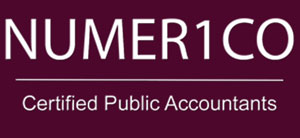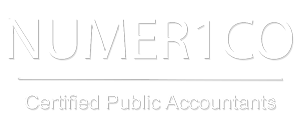What Financial Documents Should I Keep In My Safe?
For a world that has gone digital, it still seems I have a lot of paper floating around and being stored in my home! There are receipts, warranties, bills, taxes and various other financial documents at the forefront of the onslaught. Today we are going to list the financial documents we recommend keeping in your safe. Not only is it imperative to keep these things safe, dry and accounted for, but it can be a real life saver if disaster strikes. The word “disaster” may seem like a bit of overkill, but that’s what I am calling a sudden death or a flood.
One of the first things I bought when I moved out on my own was a safe. That was 14 years ago and it was only the size of a shoe box. It was fire-proof and had a small key. It was just enough for the amount of important financial documents and identification I had at the time.
Things change, and the amount I needed to keep organized has grown. We now have a large combination safe that stands 5 feet tall. It may seem like overkill for some, but I enjoy keeping my things neatly organized in it. When we leave out of town, we can also toss in things like a jewelry box, a tablet, and my laptop computer. Do what works for you, but if you don’t have some type of storage for your financial documents, you should at least invest in a small safe. They are available for under $50 and can be purchased many places…Meijer or Wal-Mart, or even online.
Financial Documents & Identification To Keep In Your Safe:
- Passport
- Social Security Card
- Mortgage Loan & Property Deeds
- Birth Certificates
- Insurance Policies – home, life and automobile
- Copy of Driver’s License & Health Insurance Cards
- Extra Keys to Homes or Cars
- Marriage Licenses
- Divorce Decrees
- Car Title & Registration
- Your Will
- Last Year’s Tax Return
- Bank Statements With Account or Brokerage Numbers
Some other items we keep in our safe are tickets for upcoming travel, games or concerts. I also have a master copy of our wedding photos and a jump drive with documents that aren’t on the cloud. Everyone should develop a system that works for them and have the right amount of safe space to keep those things. Today we covered a basic list of items for you to go off of. I am looking forward to more organizational tips as we usher in 2017!



